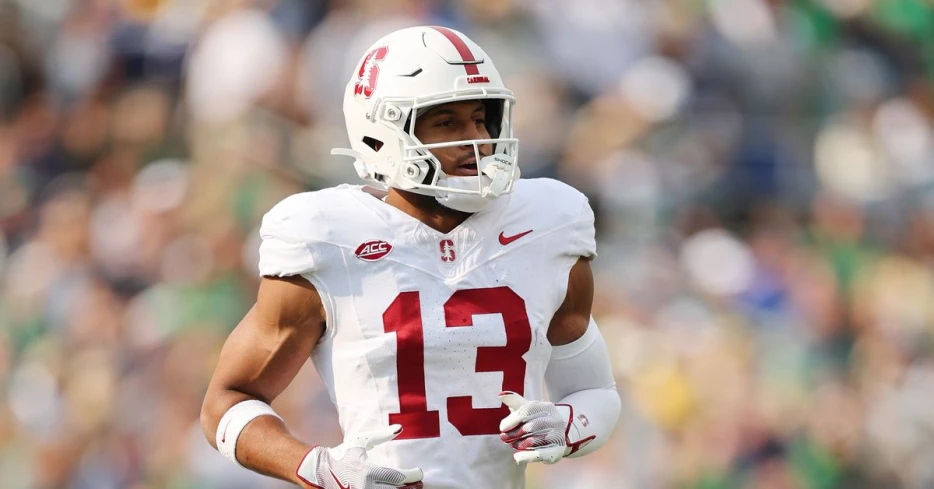
 Acme Packing Company
Acme Packing Company
Aside from a handful of players, the receiver class lacks the size and speed that fits the 2025 Packers
One of the things we do here at Acme Packing Company is look at the Green Bay Packers’ historical trends when it comes to the NFL draft. Last year, despite cutting many prominent draft picks off of our Packers Athletic Thresholds Board, we managed to include all four of Green Bay’s first four picks on our shortlist — and probably would have had linebacker Ty’Ron Hopper, too, had we considered the possibility of him going that high.
Heights, weights and 40 times matter to this team. Ron Wolf learned from Al Davis. Ted Thompson learned from Ron Wolf. Brian Gutekunst learned from Ted Thompson. Height, weight and speed are core concepts of this club. Sometimes it can be frustrating that it’s so obvious who the Packers will and won’t consider on draft night, but it’s hard to complain with the results that the team has put together over the last 30ish seasons.
So when I began to research this receiver class, I started to get nervous. This draft class doesn’t have a lot of what the Packers both want or need. We’ll get into the specifics of this later, but just know that if Green Bay plans on trying to solve its receiver issues through the draft, they’ll be sweating bullets on draft week.
Historically, Green Bay has avoided drafting smaller receivers. That has only become clearer under head coach Matt LaFleur, whose run-based offense demands that these receivers not only block on the perimeter but also contribute as blockers in tighter formations that see receivers line up just a few yards from offensive tackles at times.
Based on the snap data in regular seasons since LaFleur joined the Packers in 2019 and the weights that LaFleur’s receivers were at the combine, the average receiver snap over LaFleur’s tenure as head coach comes out to 207.6 pounds per play. For perspective, only four teams have drafted a group of receivers from 2011-2023 who weighed as much as that on average.
That’s also including significant snaps from Randall Cobb’s second stint with Green Bay. General manager Brian Gutekunst stated publically when the team traded for Cobb that he wouldn’t have made the move had it not been a part of then-quarterback Aaron Rodgers’ condition to return to the Packers. That is to say, there’s a good chance that the 207.6 pounds per snap figure could have been even heavier if it wasn’t for Rodgers’ meddling.
Out of the seven most-played Packers receivers under LaFleur, six of them were at least 204 pounds coming out of college. The only exception is Jayden Reed at 191 pounds. Reed is very much the exception, not the rule, and it’s unlikely that Green Bay will roll out two expectations on the field at the same time — especially after the running game struggled with both Reed and Bo Melton...